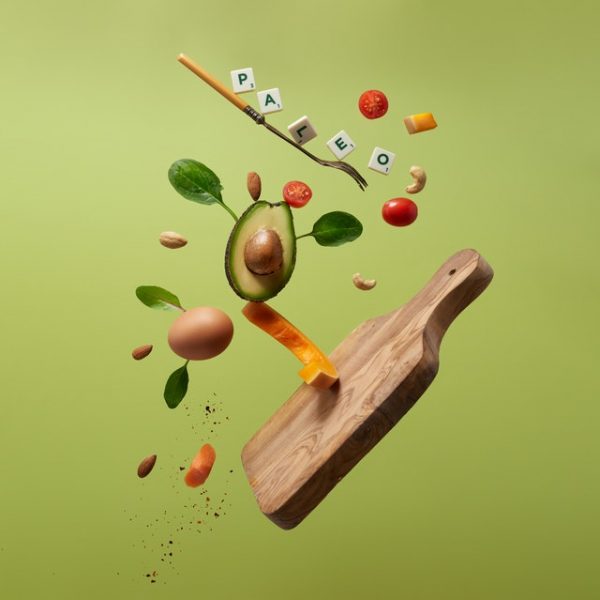
What is a typical German meal like? When you’re traveling to a new nation, one of the most exciting parts is learning about the food habits of the locals. With new German colleagues and acquaintances, it’s easy to break the ice and taste some of the country’s cultural characteristics by eating together. Visit the paleo diet to get more information about the German diet. How can a foreigner adapt to Germany’s eating habits? Some people find it simple, whereas non-Europeans may have a bit of a culture shock.
Traditional German fare like beer, bratwursts, and baked pastries don’t exactly conjure images of a healthful eating regimen. It’s hard to believe that the Bloomberg World Health Index, which rates 163 countries based on life expectancy and causes of death, ranked Germany 16th in the world—overtaking Canada (17) and New Zealand (19) as well as the United Kingdom (23) and Denmark (28) as well as the United States of America (34th). But what is it about Germany’s healthy lifestyle that sets it apart from the rest of the world? Visit keto actives if you want to lose weight and live a healthy life.
Good Health and Happiness in Everyday Life
It’s easy to be outside and appreciate nature in Germany year-round, despite the country’s tendency toward hot summers in certain regions. Expats can participate in healthful outdoor pursuits throughout the year, regardless of the season. Read about other diet facts to get tips for living a healthy life.
Pedestrian and bicycle routes connect villages and cities, making it easy to go around without a car. Volksmarches are also an everyday recreational pleasure, while hiking and strolling are popular recreational activities. A terrific way to experience the countryside, meet new people, and get involved in the local culture is to join one of these non-competitive marked walks. Certain walks reward participants with a modest token of appreciation for finishing their journey.
Making German food without prior expertise or training from someone who truly understands German cooking can be quite difficult.’ A decent recipe and detailed instructions are necessary for most foods, which can take a long time to prepare. A home-cooked dinner produced by someone who knows how to cook according to a traditional recipe is always within reach, wherever you are in Germany. Here are some examples of traditional foods and specialties from various parts of Germany, influenced mainly by East European cooking and the old Prussian territory.
Salad of boiled potatoes
It’s safe to say that potato salad is a classic German dish, and it has the added benefit of requiring little more than a small bit of time to create. Onion and vinegar dressing is the most common type of potato salad served in southern Germany, while a creamy variant with mayonnaise-yogurt dressing is more widespread in the north. These salads are typically served with various other ingredients, such as pickles and sausage. Both can be served warm, but the colder they are, the better they taste, especially during the summer barbeque season.
Schupfnudeln
It’s not just southern Germany where “Schupfnudeln” is popular; they’re also a favorite in Austria. Potatoes are used to make these thick noodles, which taste like their Italian cousin gnocchi. Simmered apples, cinnamon, and ground poppy seeds are the perfect addition to a spicy “Sauerkraut” (pickled cabbage) and bacon.
Königsberger Klopse
It is an entree that has its origins in East Prussia but is ubiquitous in traditional German cooking. In addition to the meatballs, the sauce made with cream and capers is a well-known feature of the dish (the favorite side dish of Germans). Some people also include fresh veggies, such as beetroot.
Pinkel
The kale and the particular pig sausage known as “Pinkel” are staples of German winter fare, and they both go into this dish. A dish of boiled potatoes is frequently provided with this hearty dinner, which is particularly popular in the northwest.
Red cabbage and “Knödel” stuffed meat roulades (dumplings)
Traditionally, roulades were filled with a mixture of mustard, onions, and bacon or pickles. They are often served with “Knödeln,” German dumplings, and a brown sauce. To make this dish, you’ll need a lot of patience and cooking skills, so it’s usually reserved for special occasions.
Sauerbraten (marinated pot roast)
If you want to prepare an authentic “Sauerbraten,” you’ll have to put in a lot of effort. Before cooking, the meat should be pickled for two to seven days. Pickling refers to marinating meat in a vinegar-herb-soup-vegetable solution and finishing it with red wine. Infusing the meat with a unique sour and spicy scent makes this dish so popular. You can make a fantastic sauce from the leftover marinade, then serve it with raisins, self-made “Spätzle” (see description below), and red cabbage as a side dish.



